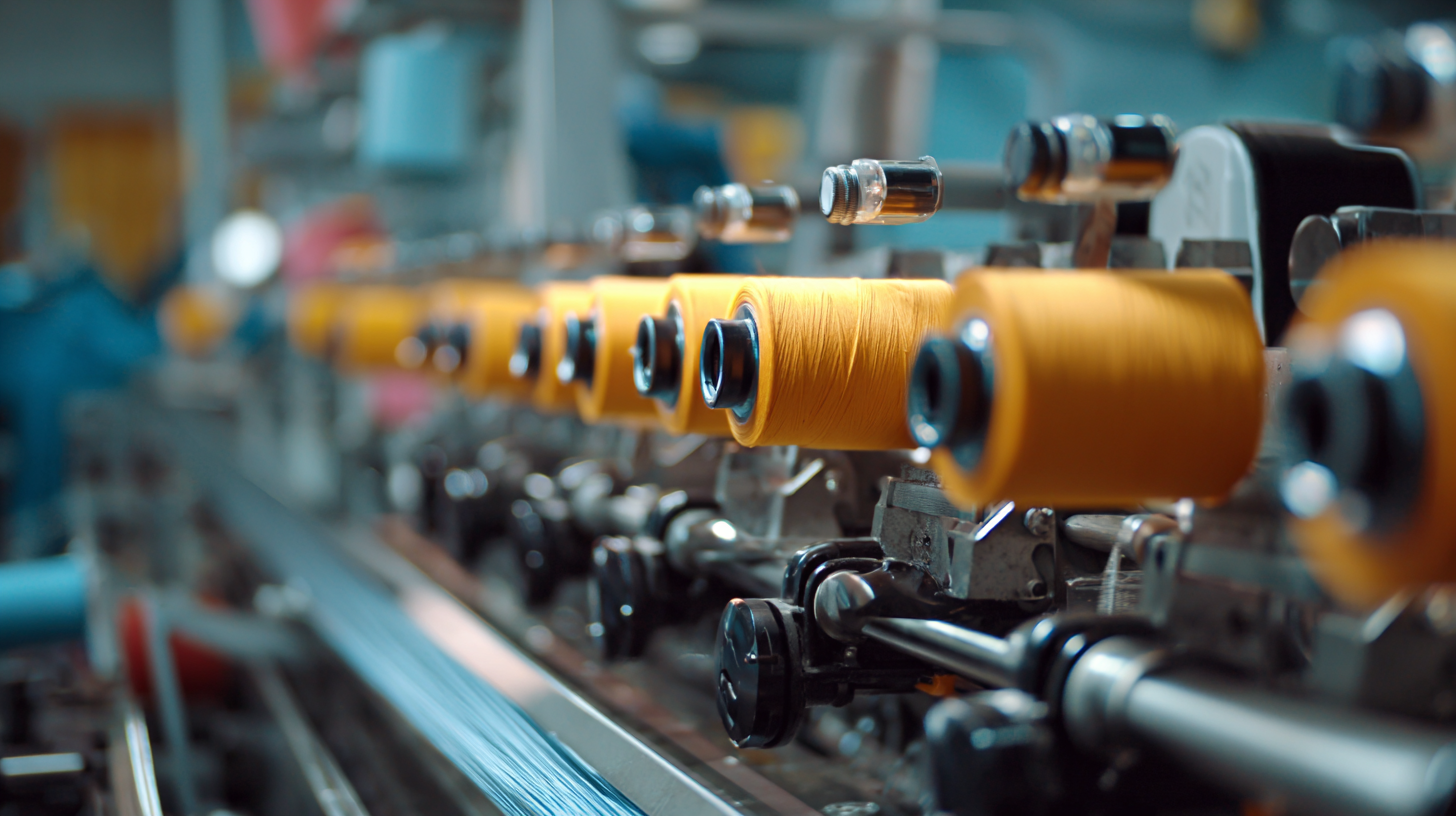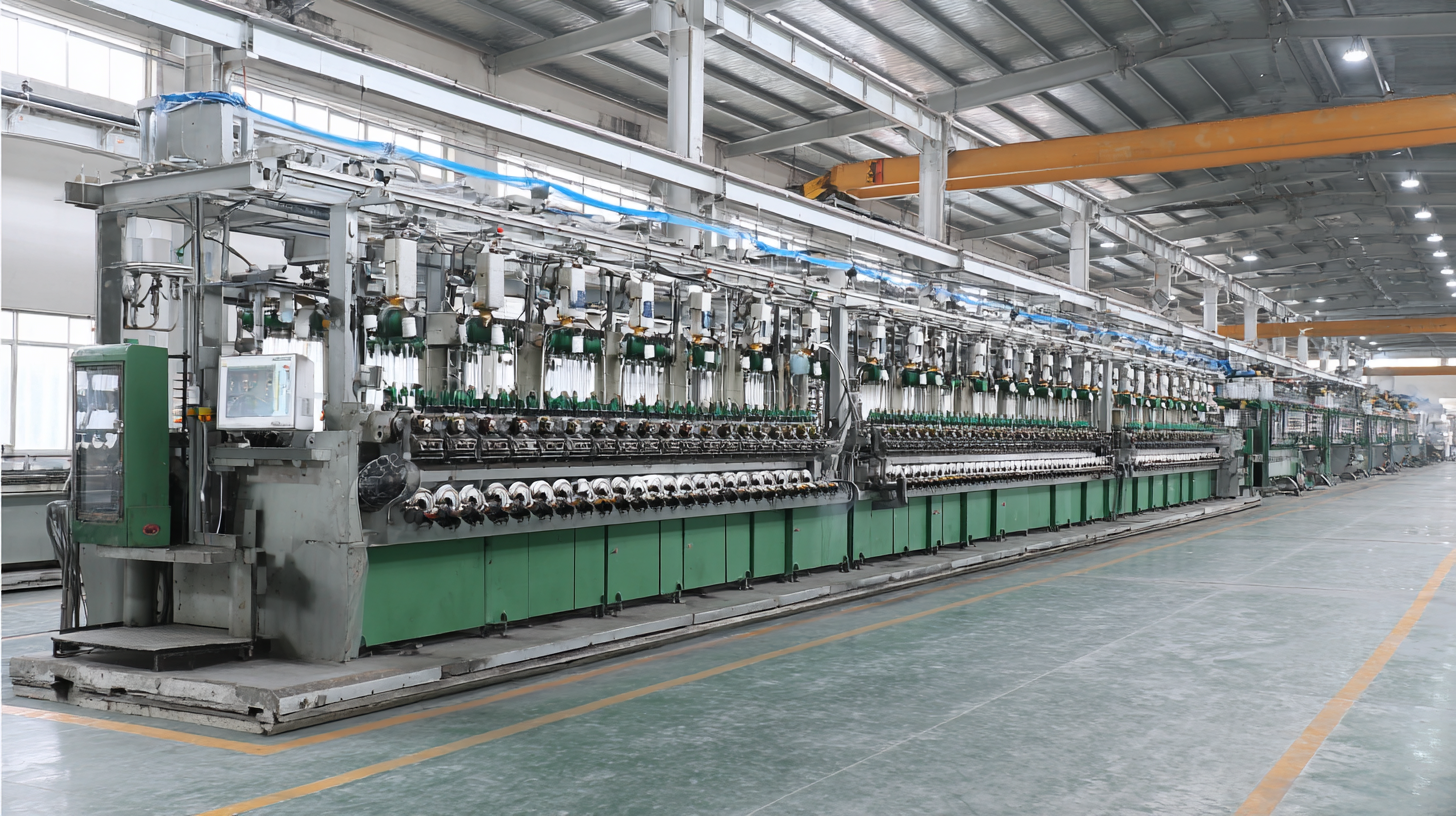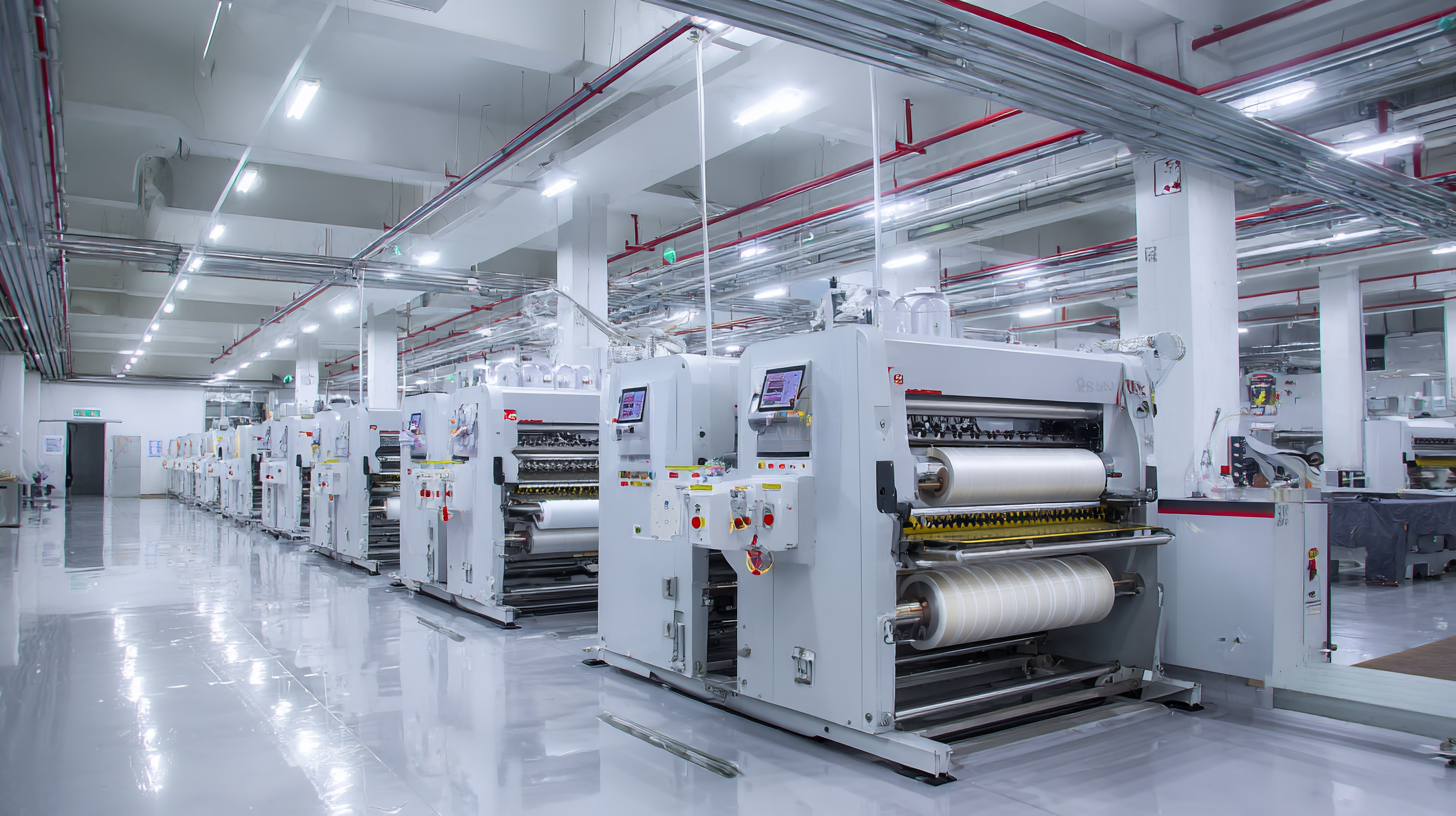
Leave Your Message

In the fast-evolving world of textile production, mastering the art of Garment Bronzing Machines has emerged as a critical factor for enhancing production efficiency. According to a recent industry report by MarketsandMarkets, the global textile machinery market is projected to reach $25.4 billion by 2026, driven by advancements in technology and automation. The integration of Garment Bronzing Machines can significantly streamline operations, resulting in a reported increase of up to 30% in productivity as manufacturers leverage this technology to create intricate designs that appeal to the modern consumer. Furthermore, with the growing demand for customization in fashion, businesses that adopt these machines will not only boost their output but also improve overall product quality, setting themselves apart in a competitive market. In this blog, we will explore the key benefits, challenges, and best practices associated with Garment Bronzing Machines, equipping industry professionals with the knowledge to elevate their production capabilities.

The garment industry has witnessed significant advancements in bronzing technology over the past few years, transforming the way manufacturers enhance the aesthetic appeal of their products. Recent innovations have introduced automated bronzing machines that not only increase production speed but also improve consistency in quality. A report by Technavio highlights that the global garment finishing equipment market, which includes bronzing machines, is projected to grow by USD 344 million between 2021 and 2025, reflecting the rising demand for efficient and high-quality finishing processes.

One of the most notable innovations is the integration of smart technology into bronzing machines, enabling real-time monitoring and adjustments. This not only streamlines production but also reduces material waste, addressing sustainability concerns in the industry. According to a study conducted by Research and Markets, companies that have adopted such high-tech solutions reported a 30% increase in production efficiency and a significant reduction in labor costs. As the market continues to evolve, investing in advanced bronzing technology is becoming essential for garment manufacturers aiming to stay competitive and meet the growing demands of consumers.
In the fast-paced world of garment manufacturing, staying ahead of the curve requires leveraging modern technology to enhance efficiency. One of the most significant advancements in this area is the introduction of garment bronzing machines. These machines have revolutionized how manufacturers achieve high-quality finishes on a wide variety of fabrics, seamlessly combining artistry with precision engineering.
Modern garment bronzing machines come equipped with key features that greatly improve production efficiency. For instance, advanced temperature control systems ensure consistent heating across various textiles, reducing the risk of damage and waste. Additionally, programmable settings allow for quick adjustments between different designs and materials, enabling operators to switch tasks with minimal downtime. Furthermore, automated feeding and alignment systems help maintain accuracy and streamline the workflow, allowing manufacturers to significantly increase their output without compromising on quality.
Another notable feature is the integration of smart technology, which provides real-time analytics and monitoring. This capability not only helps in identifying potential maintenance issues before they lead to equipment failure but also allows manufacturers to optimize their processes based on performance data. By harnessing these modern advancements, garment manufacturers can not only improve production efficiency but also elevate the overall quality of their finished products, leading to greater customer satisfaction and business growth.
The world of garment bronzing has evolved significantly, with traditional techniques now facing stiff competition from advanced methodologies. Traditional bronzing often involves labor-intensive processes that require skilled artisans to apply metallic foils or pigments manually. While this can yield exquisite results, the drawbacks include longer production times and increased labor costs, which can hinder a company's overall efficiency. Furthermore, the manual nature of traditional bronzing limits scalability, making it challenging for businesses to meet growing market demands.

In contrast, advanced bronzing machines harness modern technology to deliver high precision and rapid output. These machines utilize automated systems to ensure consistent quality while drastically reducing production times. By employing heat transfer and digital printing techniques, manufacturers can create vibrant, detailed designs with minimal wastage. This not only enhances production efficiency but also allows for more intricate and varied designs, catering to a broader range of consumer preferences. As the industry continues to innovate, the comparative analysis of traditional vs. advanced bronzing techniques reveals a clear trend toward automation and efficiency, reshaping how garments are enhanced and produced.
Implementing bronzing machines in garment production presents both challenges and opportunities for enhancing efficiency. One significant hurdle is integrating these advanced machines within existing workflows. Research indicates that traditional garment factories often experience production downtime ranging from 15% to 30% due to equipment maintenance issues. This is where a strategic approach to maintenance, similar to the methodologies employed in semiconductor fabrication, can play a crucial role. By adopting planned maintenance schedules and utilizing real-time monitoring technology, manufacturers can significantly improve equipment availability and thus elevate production efficiency.
Additionally, staff training and adaptation to new technologies also pose challenges. As the industry shifts toward more automated systems, understanding how to effectively utilize bronzing machines becomes paramount. Industry reports suggest that companies investing in continuous training and development see productivity increases of up to 25%. By fostering a culture of innovation and providing employees with the necessary skill sets, garment manufacturers can not only overcome the implementation challenges but also harness the full potential of bronzing machines to streamline production processes. Engaging with these challenges head-on ultimately paves the way for a more efficient and competitive production environment.
| Dimension | Data |
|---|---|
| Production Efficiency Increase (%) | 25% |
| Initial Setup Cost ($) | 15,000 |
| Average Annual Maintenance Cost ($) | 2,500 |
| Operational Training Time (hours) | 40 |
| Number of Units Produced per Hour | 200 |
| Common Operational Challenges | Calibration Errors, Material Compatibility |
| Solutions to Challenges | Regular Training, Standardized Work Procedures |
As we look toward 2025, garment bronzing is poised to redefine the textile industry, integrating innovation with craftsmanship. The increasing demand for personalized and luxurious finishes in apparel is driving manufacturers to adopt advanced bronzing technologies. These machines not only enhance the aesthetic appeal of garments but also streamline production processes, paving the way for greater efficiency and reduced turnaround times. This evolution will challenge traditional methods and encourage brands to rethink their production strategies, focusing on sustainability and quality.
In this landscape, we can anticipate significant advancements in bronzing techniques, allowing for more intricate designs and diverse applications. Smart garment bronzing machines equipped with AI and automation will enable real-time adjustments, minimizing waste and maximizing output. By 2025, the integration of eco-friendly materials and processes will further align bronzing practices with sustainable fashion trends. As these changes take root, the textile industry will witness a transformation that prioritizes innovation alongside environmental responsibility, setting a new standard for quality and creativity in garment production.